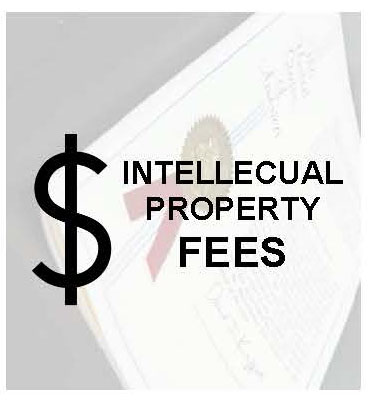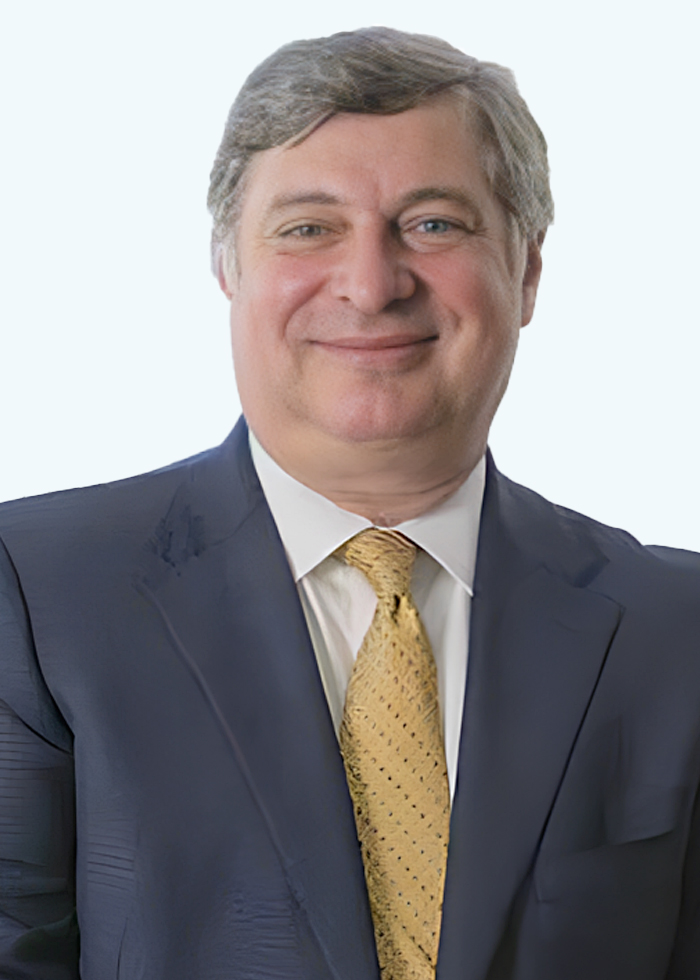Hi, I’m Elizabeth Gearhart. I’m here with James Klobucar, a Senior Associate at Gearhart Law.
One of the frequently asked questions we get from clients is ‘how do your fees work?’
A – We try to work off of a flat fee basis as much as we can, I think that mitigates surprises for the clients. We do work off hourly rates at times but we always discuss that with clients in terms of the project and the expectations so we can manage those. We offer flat fees for certain projects. For example, let’s say that a particular individual has an invention that they want to patent. We would get the full invention disclosure from them and then we would do a patentability or a patent clearance search. And that search, including the report, including providing the relevant art found in the search to the client, would be a singular flat fee. So the client knows that we’re going to do a search, I pay for the search, you do everything associated with the search, I pay one fee.
If the search turned out favorable and we’re going to move forward into the patent application phase, for a patent application you have to have drawings, you pay a fee for the drawings, you pay a government fee, and you pay our fee for the application. But the government fee is a fixed fee based on your entity status, the drawing fee again is a fixed fee, and we give you an estimate for your approval. And then again the application fee is another fixed fee. So we give those fees to the client. They know the three fees that they’re paying for, they know what needs to happen in order to get the application through to completion.
Q – But then sometimes for one project there can be multiple flat fees.
A – Yes.
Q – So when you say flat fee you don’t mean just one flat fee. For instance with the patent,
sometimes where people get confused is, we charge another flat fee for the information disclosure statement.
A – Right. We spell all that out in the engagement letter for them so they do have all that when they sign up with us. But yes, just because we say flat fee doesn’t mean search fees are going to take you all the way through to getting a patent in the end. Obviously there are multiple flat fees along the way for certain segments, otherwise they would be paying upfront a very large amount that at the end of the day may or may not be practical.
Q – So the whole idea behind the flat fees is: these are the five flat fees that go into your
project. This is what you can expect to spend and there might be a couple of hourly fees here and there if there’s extra special stuff that we have to do, but this is what you can use to do an approximate budget for this, right?
A – Exactly.
Q – And so it doesn’t mean there’s just going to be one flat fee per project, there are multiple flat fees for different aspects of the project.
A – Correct.
Q – What you don’t get is, okay, so we think the search is going to cost a thousand dollars, and then we come back and say well, we thought we were going to spend so much time and it was going to cost a thousand, but we actually spent a lot more time and now we want two thousand dollars from you for this search. We don’t do that.
A – Right. That doesn’t happen. The fee that you pay upfront is the fee for the search. I mean it’s that easy.
Q – What do we charge for a search these days?
A – It’s going to depend on complexity. You’re probably in the range of $790 to $1,200.
Q – There are a lot of different factors that go into things. Two people might come to us for patents but one is a very straightforward project so that’s going to be a lower flat fee, and one is incredibly complex so that’s going to be a higher flat fee. So two different people at the same firm with two different projects can be paying different flat fees.
A – Correct and we work each of those out with the client on an individual basis based on complexity, needs etc.
Q – For a consumer patent, what’s a typical soup-to-nuts cost, from the minute they walk in our door until they get the ribbon copy, hardcopy patent, in their hand?
A – Accounting for our fees, third-party fees such as drawing fees, government fees, once you account for all of those over the lifecycle from invention disclosure to patent in hand, typically you’re going to be right around ten to twelve thousand dollars.
Q – Over three years about, right?
A – Yes. Typically it’s going to be over three years. Probably about half of the cost is upfront with the application, then there’s a big lull in the middle and then a couple years down the road most of the rest of the cost is incurred. Once we start receiving office actions or substantive reviews from the Patent Office we pay issue fees and things like that and that’s where most of the other associated cost comes in.
Q – And with the office actions from the Patent Office, what that means is, the application is an application, and they come back 99.9 percent of the time and say you can’t have a patent on this because of this or this. That’s where you need a good lawyer. The lawyer looks at it and says oh yes we can, you’re wrong because of this, this and this, and that’s called a response to
the office action. Years ago we would charge hourly for that and it was frustrating for the clients because they weren’t really sure how much it was going to cost. Now that’s all flat fee.
A – Right.
Q – That makes your life really much easier because you know what you’re going to have to pay for the office action and you can know how far you want to take it.
A – Right. And it breaks up the process into chunks, and each chunk costs a certain amount. They can stop at any time. So if for some reason the project doesn’t work out for them or come to fruition or they unfortunately run out of money or their budget doesn’t support it they’re only liable for the work they’ve asked us to do to date. So if they’ve gotten past one area and something else arises and they say ‘oh it’s not for me anymore’ then unfortunately that’s their decision.
Q – But if it comes time to pay the issue fee that means that you should do that.
A – Actually I can think of one instance where someone decided they didn’t want to pay the issue fee after all that time money and effort.
Q – And the Patent Office said you can have it you can have the patent!
A – They say well, you Know, I don’t want to pay that issue fee.
Q – It was a government fee.
A – Again it’s their decision but a patent is a right to exclude others from making using or selling. It’s not a benefit conferred on to you so in my opinion if you’re going to take all that time and effort to get it you’d might as well pay the issue fee. Because in the event that let’s say someone else comes along and starts essentially making what your invention is, you can still enforce that
patent against them, assuming it’s still in force.
Q – It may be you make them take a license and you actually make some money off their efforts.
A – We do charge flat fees but every once in a while we’ll do an hourly fee in certain types of projects. Those are the more complex ones.
Thank you James I think that was a very good explanation of flat fees and if you have an idea for
an invention you can call James or email him. 908-273-0700. James@GearhartLaw.com.
Absolutely


